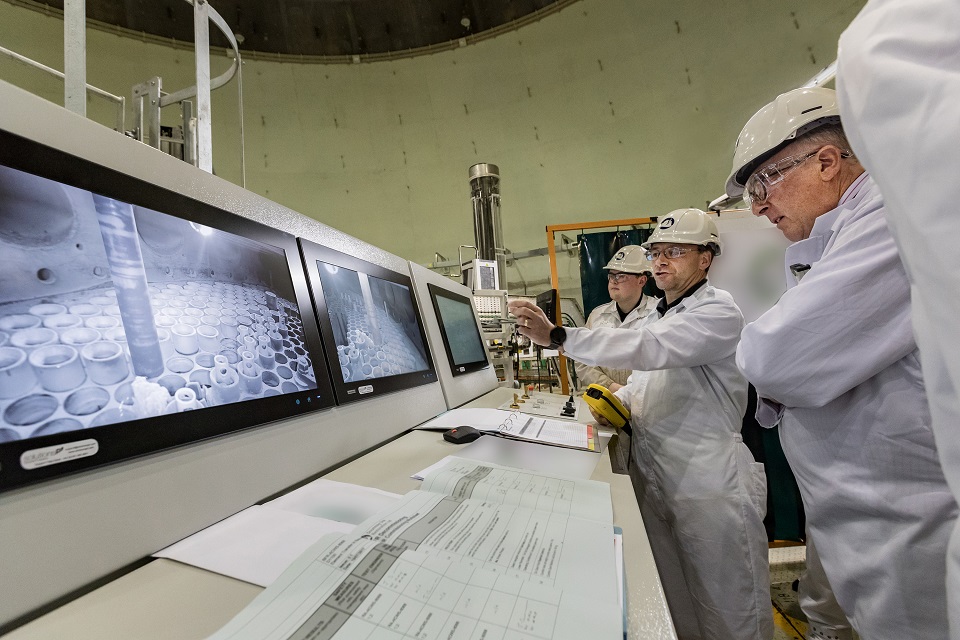News story: New approach to preventing heart attacks and strokes
The NHS and Public Health England (PHE) will today (Tuesday, 12 September 2017) announce a new drive to save thousands of lives by preventing heart attacks and strokes brought on by cardiovascular disease (CVD).
New PHE analysis suggests that there is an opportunity to prevent more than 9,000 heart attacks and at least 14,000 strokes over the next 3 years with better detection and management of:
- high blood pressure
- high cholesterol
- atrial fibrillation
Simon Stevens, the Chief Executive of NHS England said:
Closer working between NHS organisations and local authorities will create new opportunities to get serious about prevention and bear down on 2 of our biggest killers that between them are responsible for 1 in 4 premature deaths.
Heart attacks and strokes devastate the lives of thousands of people. Tackling a problem of this size requires action across areas. It is not something that the health service can do alone.
Speaking at the NHS Expo conference in Manchester, Mr Stevens will urge the new sustainability and transformation partnerships (STPs) to take coordinated cross-system action to improve identification and treatment of these potentially life-threatening conditions. At the same time Duncan Selbie, the Chief Executive of PHE, will highlight the initiative during his annual conference today.
5.5 million people in England have undiagnosed high blood pressure and nearly half a million have undiagnosed atrial fibrillation, which are both symptomless conditions that substantially increase the risk of stroke and heart attack. Treatment is effective at reducing risk but under-treatment is common among those who are diagnosed.
The new analysis shows the scale of the prevention opportunity across England over 3 years if treatment of these high-risk conditions is optimised. Achieving optimal treatment in all people with diagnosed high blood pressure has the potential to avert up to 9,710 heart attacks and 14,500 strokes, saving up to £274 million. Achieving optimal treatment for those diagnosed with atrial fibrillation has the potential to avert up to 14,220 strokes, saving £241 million.
Duncan Selbie, Chief Executive of PHE, said:
High blood pressure is the invisible killer. We want people to be as familiar with their blood pressure numbers as they are with their credit card PIN or their height.
Too many people are still living in poor health and dying from a largely preventable disease. The good news is that we know how most heart attacks and strokes can be avoided. Scaling up CVD prevention locally is a major part of reducing the overall burden on individuals, families and the NHS, and will help us ensure a person’s health is not defined by where they live.
PHE and NHS England have today written to all 44 STPs, drawing attention to the prevention opportunity in their local areas, and sharing with them the data for their individual STPs.
By working across larger populations, STPs can mobilise clinical leaders across a geography and drive larger-scale improvements such as increasing access to blood pressure testing in the workplace, and using the wider local authority and third sector workforce to carry out health checks in community settings.
The majority of STPs have identified prevention of cardiovascular disease as a priority.
They are likely to drive improvements in 2 ways. Firstly through partnerships that support at scale implementation of initiatives such as healthy workforce schemes, active transport plans, the Active 10 app, and smoking cessation programmes. Secondly, they have the ability to roll out the NHS Right Care CVD Prevention Programme across a much wider area.
The NHS Right Care programme will help GPs and local areas to ensure more patients get proven treatments by organising local services differently. This will include more testing and treatment in pharmacies, increasing uptake of NHS Health Check, more self-monitoring, more access to blood pressure testing in community and workplace settings, and new digital tools such as the One You Heart Age Test.
The NHS Health Check is offered to all eligible people between 40 and 74 every 5 years. As well as supporting people to reduce lifestyle risk factors, it provides a systematic way of identifying people with undiagnosed high-risk conditions like high blood pressure and atrial fibrillation (AF). But currently only a half all eligible people take up the offer.
Dr Matt Kearney, the NHS’s National Clinical Director for Cardiovascular Disease Prevention, added:
We know that there are many ways that people can prevent heart attacks and strokes – by being more active, not smoking and having a healthy diet. What the NHS Right Care programme and the STP partnerships bring is an opportunity for the NHS to improve treatment of the high-risk conditions, at scale across an area, and prevent thousands of heart attacks and strokes.
Some areas across the country have already implemented these approaches with encouraging results which the NHS is hoping to expand and improve in every area in the country.
In West Hampshire, a mix of GP education, diagnostic devices for AF and pharmacist-run anticoagulation services resulted in an estimated 52 strokes being averted in 20 months.
In Lambeth and Southwark, pharmacists were commissioned to manage blood pressure and AF. Over 15 months, an estimated 45 strokes were averted.
Bradford Districts CCG has used at-scale methods to transform primary care pathways, optimising treatment in 21,000 patients. This has delivered improved population-level control in blood pressure, cholesterol and AF, and substantial reduction in heart attacks and strokes (over 200 in 15 months).
